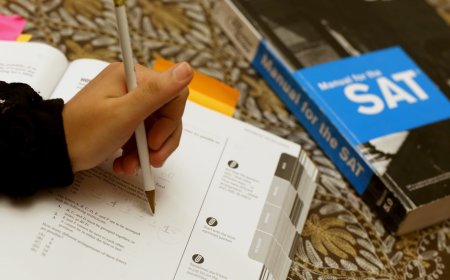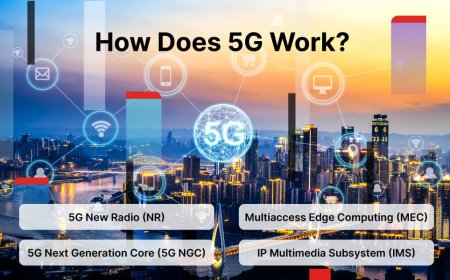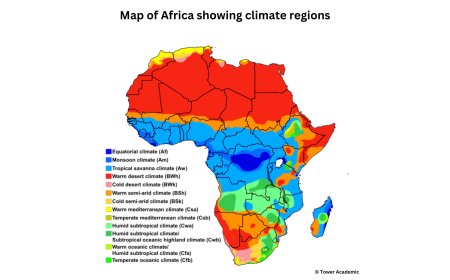Scandinavia vs. the Baltic States: Regional and Cultural Variations.
Explore the key regional and cultural differences between Scandinavia and the Baltic States. Learn how history, traditions, and geography shape these two Northern European regions.

What is Scandinavia and Baltic states?
Scandinavia and the Baltic States are two fascinating regions of Europe, each with distinct histories, cultures, and traditions. While both regions share geographical proximity and historical interactions, their cultural and regional differences create a unique tapestry worth exploring. This article delves into these variations, offering a comprehensive understanding of Scandinavia vs. the Baltic States.
Geographical Overview
A Map shoeing scandinavia and Blastic states.
Location and Physical Boundaries
Scandinavia encompasses Norway, Sweden, and Denmark, with Finland and Iceland often included in broader contexts. Its geographical features include fjords, mountains, and vast forests. The Baltic States—Estonia, Latvia, and Lithuania—lie to the southeast of the Baltic Sea, characterized by low-lying plains and coastal landscapes.
Climate and Natural Landscapes
Scandinavia experiences cold winters and mild summers, with the Arctic Circle influencing its northern regions. The Baltic States, while also experiencing cold winters, tend to have more temperate summers due to their maritime influence. Scandinavia is renowned for its dramatic fjords and northern lights, while the Baltic States boast serene beaches, pine forests, and medieval architecture.
Historical Background
Key Historical Events in Scandinavia
Scandinavia’s history is deeply intertwined with the Vikings, whose maritime prowess and exploration shaped Europe’s medieval period. Later, the Kalmar Union united Scandinavian countries, laying the groundwork for modern cooperation.
Baltic States’ Historical Evolution
The Baltic States have endured centuries of foreign domination, from the Teutonic Knights to the Soviet Union. Their eventual independence in the 20th century marked a significant milestone, shaping their national identities.
Cultural Identity and Traditions
Language and Linguistic Differences
Scandinavians primarily speak languages from the North Germanic branch, such as Swedish, Danish, and Norwegian, while the Baltic States have Baltic languages like Latvian and Lithuanian. Estonia, however, shares linguistic ties with Finland, speaking a Finno-Ugric language.
Festivals and Celebrations
Scandinavian traditions include Midsummer festivals and Christmas celebrations rooted in Norse mythology. The Baltic States celebrate midsummer too, with festivities like Jāņi in Latvia and Joninės in Lithuania, emphasizing folk music and dance.
Economic Structures
Major Industries in Scandinavia
Scandinavia thrives on industries like technology, renewable energy, and fisheries. Norway’s oil sector and Sweden’s automotive industry are globally recognized.
Economic Pillars of the Baltic States
The Baltic economies are driven by IT services, manufacturing, and agriculture. Estonia, often called the “Silicon Valley of Europe,” is a leader in digital innovation.
Political Systems and Governance
Scandinavian Political Models
Scandinavia is renowned for its democratic governance, robust welfare systems, and high living standards. Countries like Sweden and Denmark consistently rank high in global happiness indexes.
Governance in the Baltic States
The Baltic States transitioned from Soviet control to democratic systems in the 1990s. Today, they prioritize NATO alliances and EU integration, ensuring security and economic growth.
Social and Lifestyle Differences
Family Structures and Values
Scandinavians value individualism, often emphasizing equality and gender-neutral policies. In contrast, the Baltic States maintain traditional family roles, with a stronger emphasis on multigenerational households.
Education and Healthcare Systems
Both regions boast excellent education systems, but Scandinavia’s free education and universal healthcare stand out. The Baltic States, while improving, face challenges in rural healthcare access.
Culinary Traditions
Scandinavian Cuisine
Scandinavia’s food culture features hearty dishes like meatballs, gravlax, and rye bread, complemented by foraged ingredients.
Flavors of the Baltic States
The Baltics offer unique flavors, with dishes like Latvian grey peas, Lithuanian cepelinai, and Estonian black bread, highlighting their agricultural heritage.
Tourism and Attractions
Iconic Destinations in Scandinavia
From Norway’s fjords to Sweden’s Stockholm Archipelago and Denmark’s Tivoli Gardens, Scandinavia offers diverse attractions.
Must-Visit Sites in the Baltic States
The Baltic States showcase medieval cities like Tallinn, Riga, and Vilnius, alongside pristine beaches and national parks.
Interregional Relations
Trade and Economic Partnerships
Both regions benefit from trade partnerships within the EU, with Scandinavian countries often investing in Baltic markets.
Cultural Exchanges and Cooperation
Shared cultural events and educational programs foster closer ties, bridging historical divides.
Challenges and Future Prospects
Social and Environmental Issues
Scandinavia leads in sustainability, while the Baltic States tackle post-Soviet urbanization challenges. Both regions strive for green initiatives.
Opportunities for Regional Growth
Enhanced digital connectivity and tourism collaborations present promising opportunities for both regions to thrive.
FAQs
- What are the key differences between Scandinavian and Baltic cultures?
Scandinavian culture emphasizes egalitarian values, while the Baltic States preserve strong folk traditions and multigenerational ties. - How do the political systems in Scandinavia and the Baltic States differ?
Scandinavia’s long-standing democracies contrast with the Baltic States’ post-Soviet transitions to democratic governance. - What are the most popular tourist destinations in these regions?
Scandinavia offers natural wonders like fjords, while the Baltics feature medieval cities and serene coastlines. - How do the cuisines of Scandinavia and the Baltic States compare?
Scandinavia focuses on foraged and hearty dishes, while Baltic cuisine highlights agriculture and regional flavors. - What role does history play in shaping these regions’ identities?
History profoundly influences both regions, from Viking legacies in Scandinavia to independence struggles in the Baltic States. - Are there any similarities between Scandinavia and the Baltic States?
Both regions share a love for midsummer celebrations, strong EU integration, and a focus on sustainability.
Conclusion
Scandinavia and the Baltic States, while distinct in many ways, are united by their resilience, cultural richness, and forward-thinking outlooks. Exploring these regions offers invaluable insights into Europe’s diverse heritage.










































